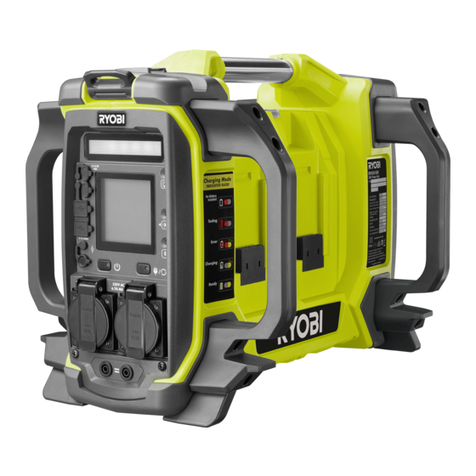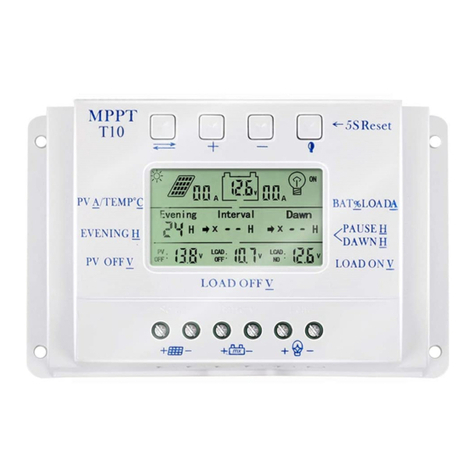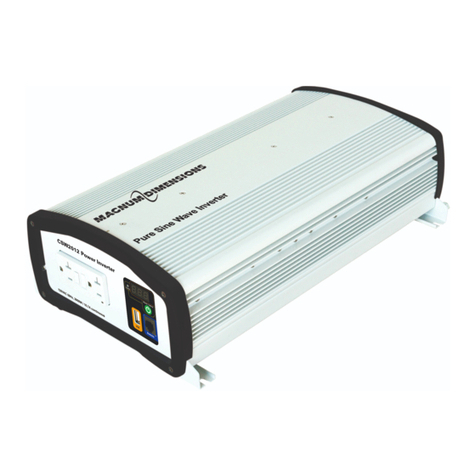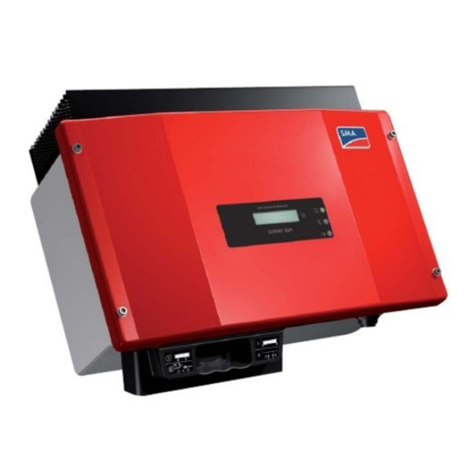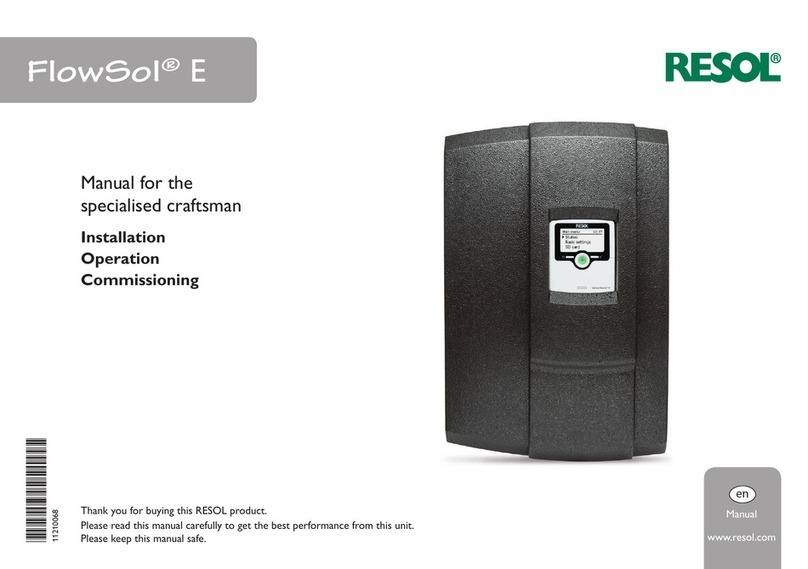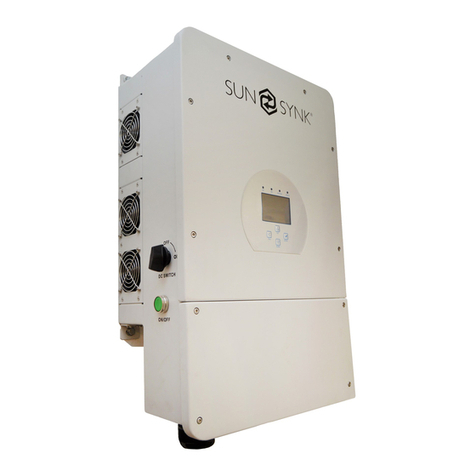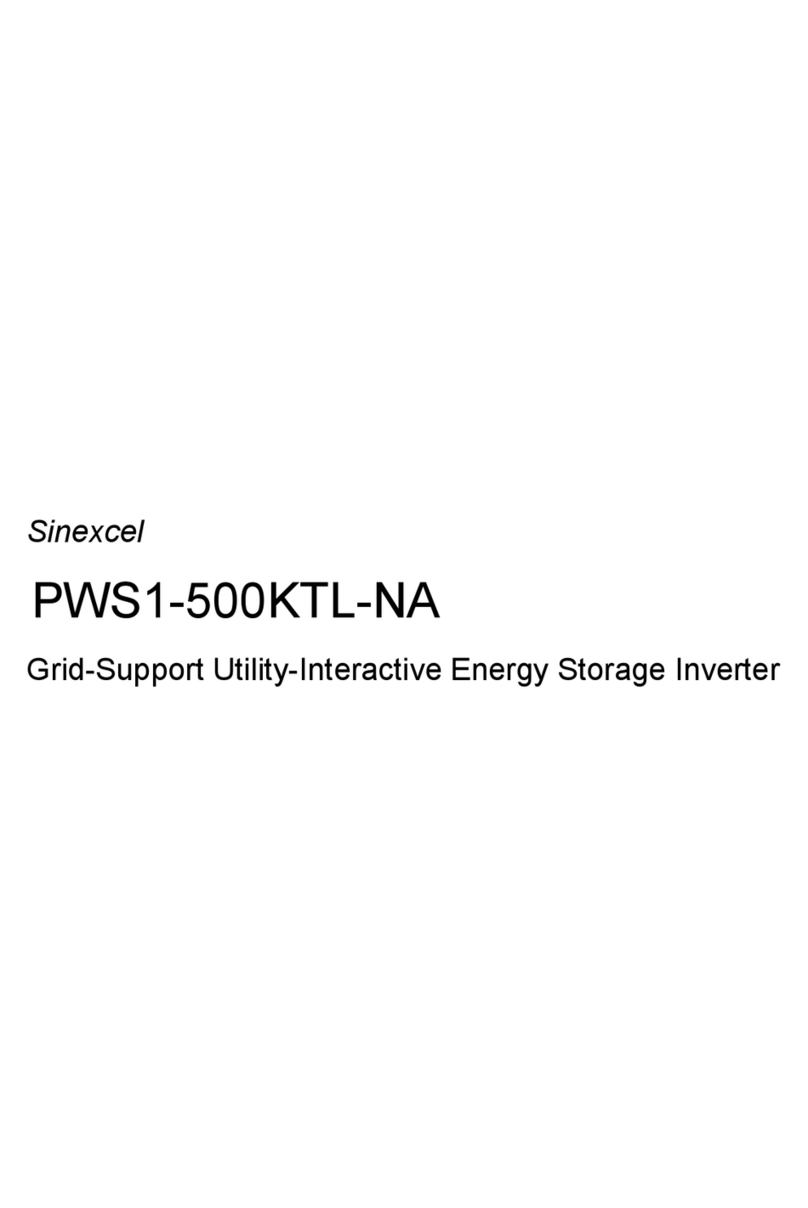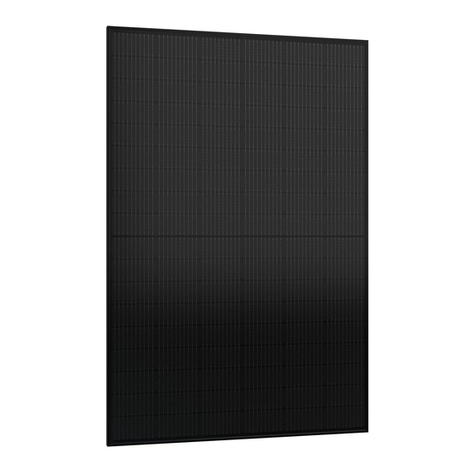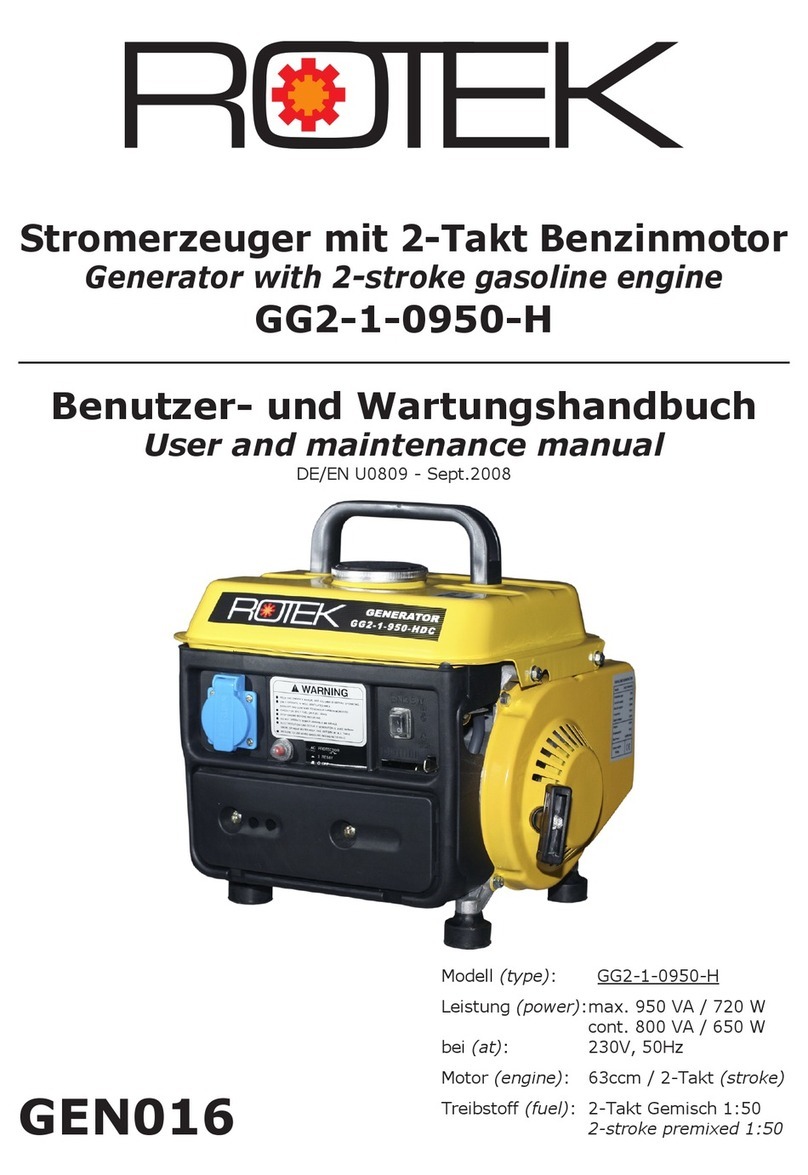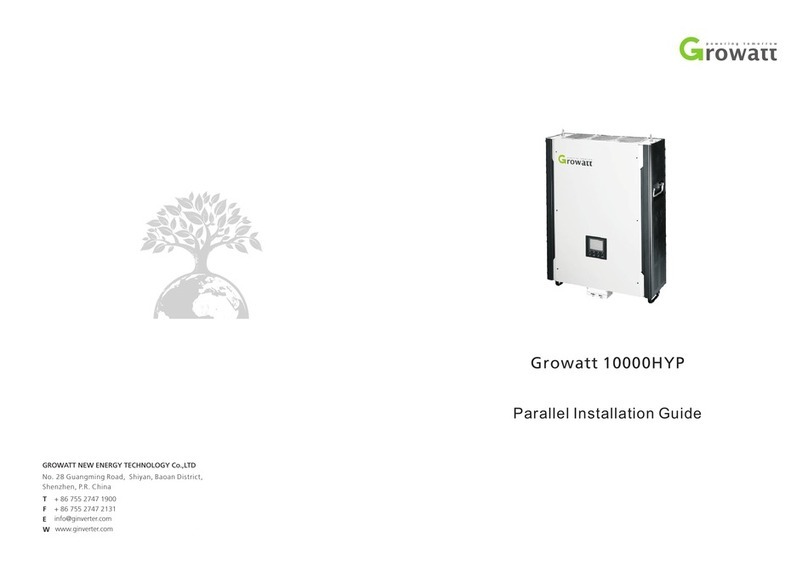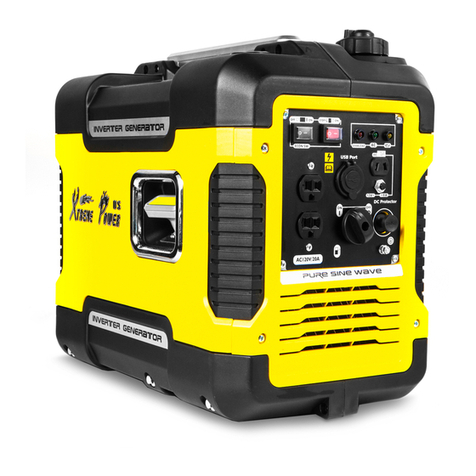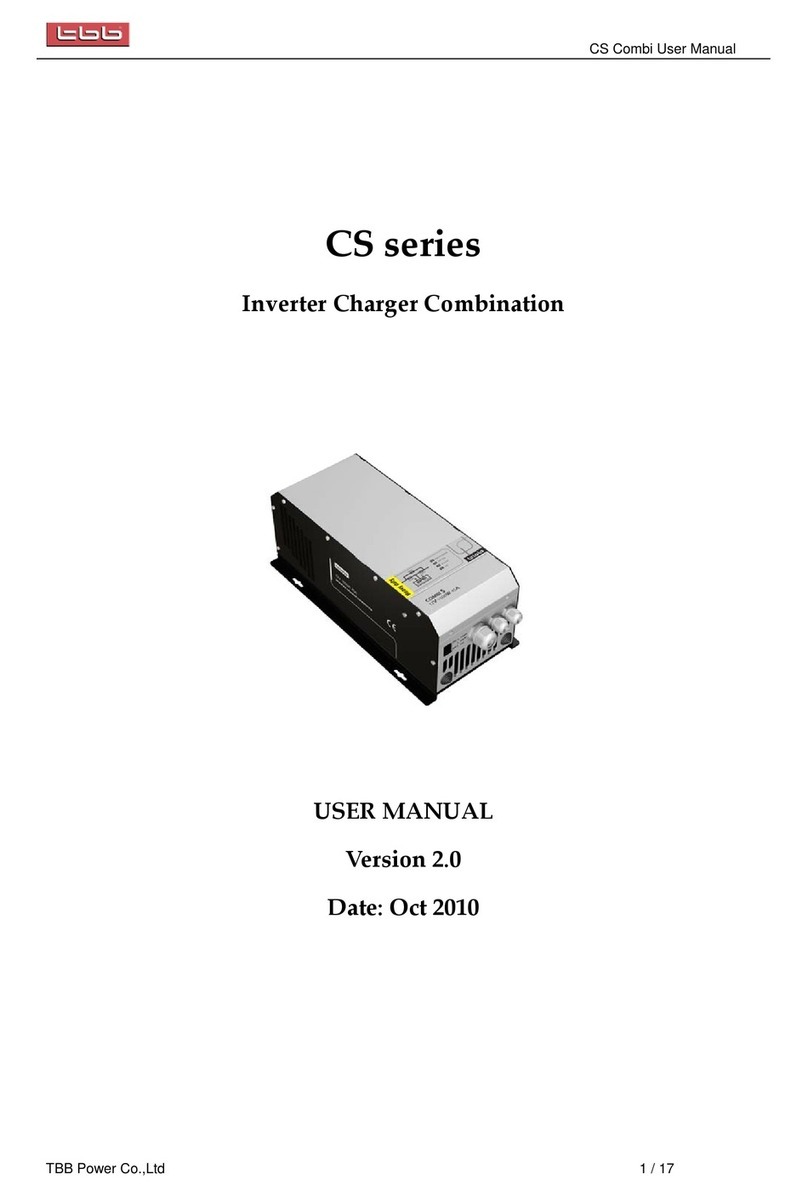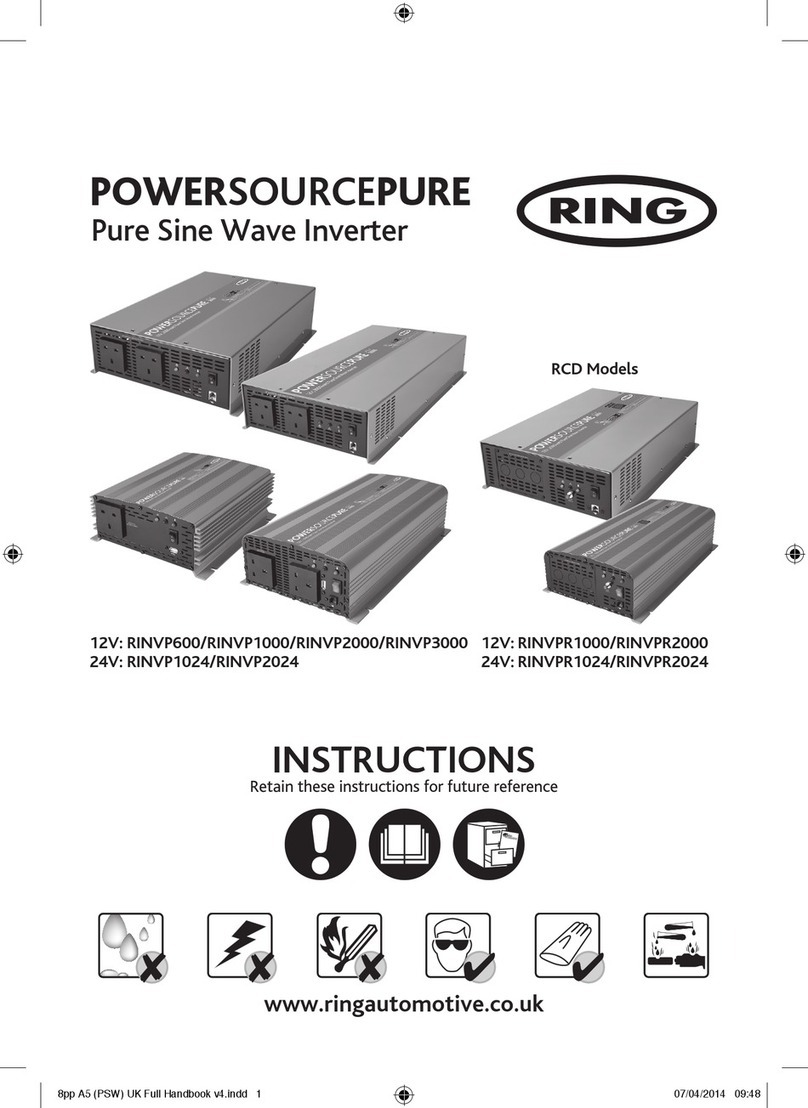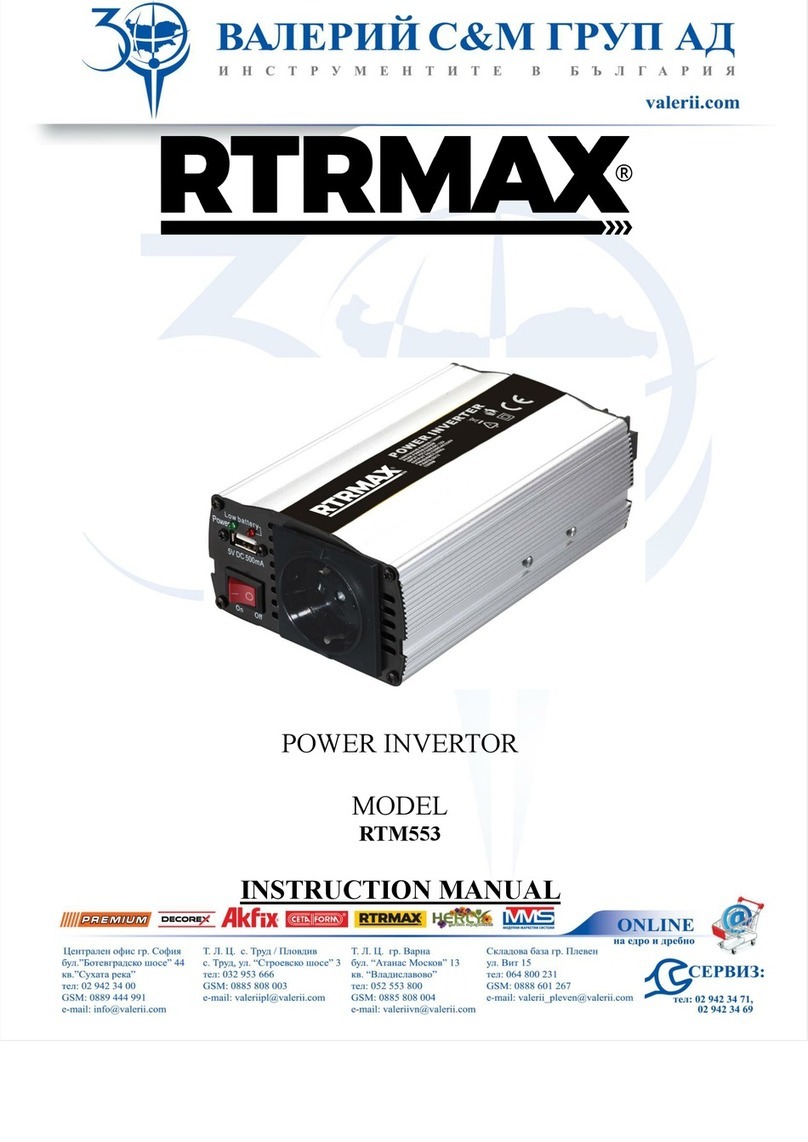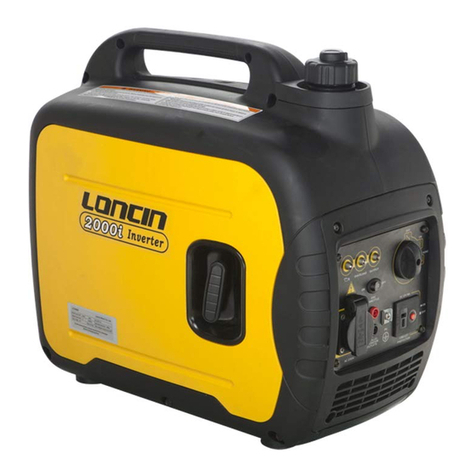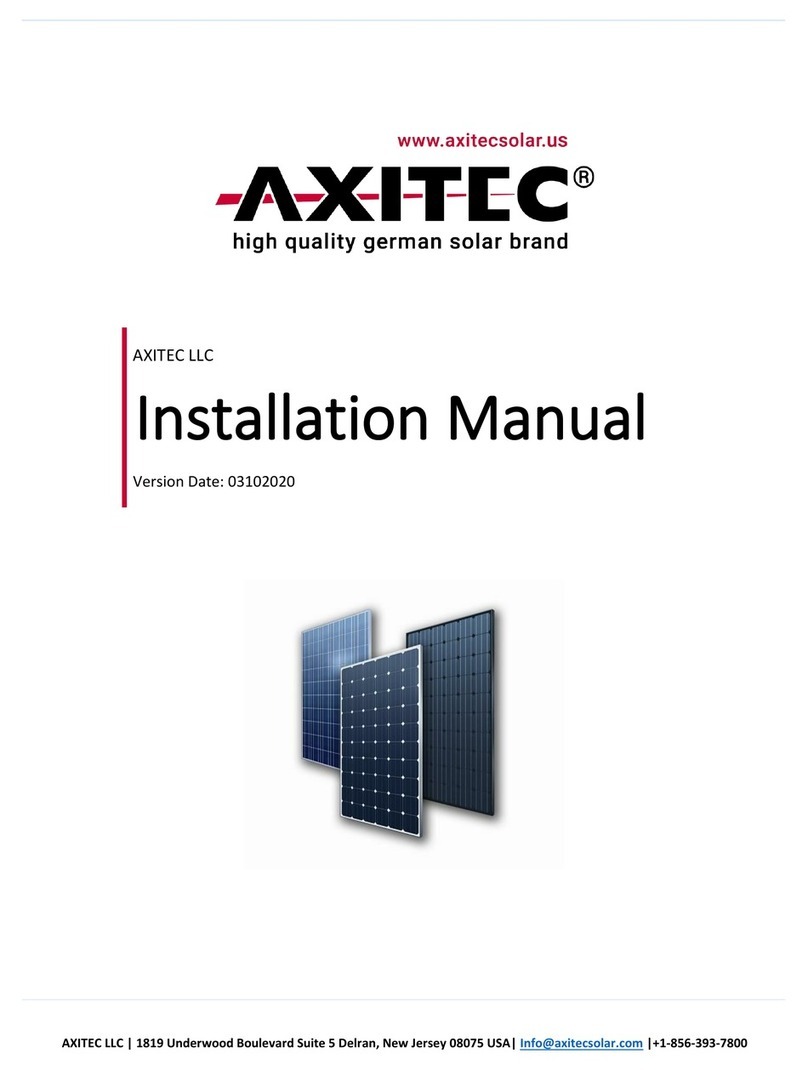BASI SHN200 Service manual

IPX5
Solar House Number
Stainless Steel
SHN 200
MOUNTING/OPERATING INSTRUCTIONS
facebook.com/BASI GmbH @basi_gmbh www.basi.eu
Sustainable thanks to solar-powered LEDs
High quality, featuring lighting
Charges during the day - lights up at night

General notes
Intended use
This solar house number is intended for
the protected outside area (IPX5). The
light is operated using solar energy and
by means of solar collectors. The solar
battery converts sunlight into electrical
energy and then charges the built-in bat-
tery during the course of the day. A light
sensor automatically switches the light
on in the evening and at night. The elec-
tricity saved during the day is used.
The service life of the light-emitting diode
lamp is more than 100,000 hours.
Read the usage and maintenance
instructions carefully before in-
stalling the solar house number.
Keep the manual with you for fu-
ture use. If the product is passed on to
any third party, include the manual with it.
Warnings: No hazards are expected if
the device is installed and used correctly
and in accordance with the instructions.
Small parts and packaging materials can
be swallowed by children and lead to
choking! Make sure that small parts and
packaging materials are kept out of reach
of children. Dispose of the packaging
material immediately.
The manufacturer expressly reserves the
right to make technical changes.
Disclaimer
The manufacturer accepts no liability for
damage or injury resulting from incorrect
handling.
Cleaning/maintenance
It is important to ensure that the solar
field is clean and not soiled. A soiled so-
lar field may lead to the battery not get-
ting fully charged. This would reduce the
service life of the battery and can lead to
malfunction. Clean the solar field regu-
larly using a damp cotton cloth or paper
towel.
Caution: • The LED diodes inte-
grated into the product cannot be
replaced.
• The solar house number lights up only
in the dark and switches on automatical-
ly.
• If the solar house number is not being
used for longer periods, we recommend
that you set the switch to the “OFF” po-
sition, as this will help preserve the re-
chargeable battery.
• Solar lights get relatively less direct
sunlight during winter. Therefore, the
number of hours for which the light re-
mains on during winter is less.
Note: This solar house number is not a
toy.
Technical data
1. Solar collector: 2 V, 40 mA
2. Light source: 2 white LED lights

Scope of delivery
Check that the delivery is complete:
• 1x SHN 200 Solar House Number
• 1x rechargeable NiMH battery AA, 600
mAh, 1.2 V (if it is necessary, replace the
chargeable battery as a result of decreas-
ing power; only use the same type of re-
chargeable battery: Ni-MH AA 600 mAh
1.2 V)
• 1x house number/set of letters (3x
numbers from 0-9 / 1 x letters from a-f)
• 1x mounting material
Installation site
The number of hours for which the solar
house number emits the saved energy as
light depends on its geographical loca-
tion, the weather conditions and the daily
seasonal light irradiation.
The solar house number should be
placed in a location where it is exposed
to direct sunlight and is not covered by
shadows of trees or houses. The battery
of the solar house number cannot reach
its full capacity in shadowed areas, thus
reducing the illumination time at night
considerably.
The chosen location should not be near a
light source that lights up at night, e.g. a
street lamp or a light near the house en-
trance, as this could hinder the automatic
lighting of the solar house number.
The solar house number should be in-
stalled at a minimum distance of 1.5 m
from the neighbouring light source. Any
distance less than that can lead to flicker-
ing of the lights due to the neighbouring
light source.
Installation
1. Select the wall position where you
want to install the solar house number
and ensure that there are no electrical
wires in or on the wall.
2. Use a spirit level to mark the drill po-
sitions at the selected place on the wall.
Note: Before you start drilling the holes,
use a spirit level to ensure that the drill
markings are in a straight horizontal line
to one another. Then insert the attached
wall anchors into the drill holes and screw
in the screws such that they are still pro-
truding enough for you to hang the solar
house number on it using the holes on
the rear side.
3. Set the small ON/OFF switch to the ON
position and keep it in that position.
Commissioning
Caution: Before the first use, remove the
transparent scratch-proof film by remov-
ing the solar cell carefully.
Loosen the screw at the bottom of the so-
lar house number and remove the cover.
Then set the small ON/OFF switch to the
ON position and leave it in this position.

180
28.5
90
145
200
screw
SHN 200 Solar House Number
The solar house number should be
charged for at least 6 hours before the
first use. The battery is then fully charged.
Then set the switch to “ON”, and the light
gets charged during the day and switch-
es on automatically at night and lights up.
The rechargeable battery needs this time
to be able to function to its full capacity.
If the battery is consistently charged only
partially, the service life of the battery can
get drastically reduced.
Troubleshooting
If the solar house number is not working,
check whether one of the following could
be the possible cause for the same:
• Make sure that the switch is set to
“ON”.
• Check whether the battery is charged. In
case of cloudy weather, the battery may
lose charge. If this is the cause, it will get
fully charged again on the next sunny day.
• Check the location of the solar house
number (refer to Installation site). Let the
battery reach its maximum charge on a
sunny day.
• If the solar house number is not working
despite unchanged weather conditions,
please change the battery.

• Do not attempt to open rechargeable
and non-rechargeable batteries and do
not throw rechargeable and non-rechar-
geable batteries into fire.
• Regular and non-rechargeable batteries
must not be recharged. Caution: Danger
of explosion!
• Always use rechargeable and non-re-
chargeable batteries of the same type
together and always replace all rechar-
geable and non-rechargeable batteries in
the device at the same time!
NOTE: The light source in the solar
house number is not replaceable;
when the light source has exhaus-
ted its service life, the entire solar
house number must be replaced.
© Copyright
Reproduction or duplication
(even excerpts thereof)
is forbidden without approval of:
BASI GmbH
Konstantinstraße 387
41238 Mönchengladbach
Germany
2023
This publication, including all
its parts, is protected by copyright.
Any use outside the narrow limits
of copyright law without the consent
of BASI GmbH is not allowed and
is liable to prosecution.
This applies in particular to duplications,
translations, microfilming and importing
and processing in electronic systems.
BASI GmbH
Konstantinstraße 387
41238 Mönchengladbach
Germany
Disposal
Help to protect the environ-
ment and dispose of the pro-
duct and the packaging ma-
terials in accordance with the
local regulations.
Electronic devices constitu-
te recyclable materials and
should not be disposed of
with household waste. Please
dispose of the product when
it exhausts its service life in
accordance with the relevant
legal regulations. Remove inserted bat-
teries and dispose of them properly, i.e.
separately from the product.
Important tips on batteries and
their disposal
Rechargeable and non-rechargeable bat-
teries should NOT be disposed of with
household waste. As a consumer, you are
legally obligated to return used batteries
so that they can be disposed of proper-
ly. You can return your rechargeable and
non-rechargeable batteries to the public
collection points in your community or
wherever rechargeable and non-rechar-
geable batteries of the same type are sold.
• Rechargeable and non-rechargeable
batteries should be kept out of the reach
of children.
• Rechargeable and non-recharge-
able batteries from which liquid is lea-
king are dangerous. Do not touch them
unless you are wearing suitable gloves.
Immediately dispose of leaking rechar-
geable and non-rechargeable batteries
properly and in compliance with all rele-
vant legal regulations. Leaking recharge-
able and non-rechargeable batteries can
cause injuries and damage the device.
This manual suits for next models
1
Table of contents
